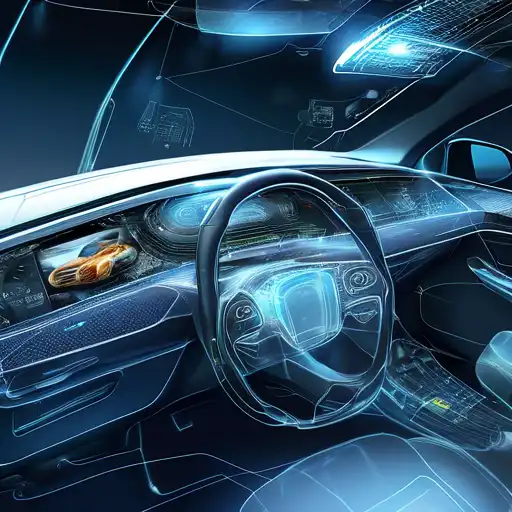Introduction to Embedded Systems in Automotive
Embedded systems have become the backbone of modern automotive engineering, driving innovations that enhance safety, efficiency, and user experience. These specialized computing systems are designed to perform dedicated functions within larger mechanical or electrical systems, making them indispensable in today's vehicles.
The Role of Embedded Systems in Automotive Safety
Safety is paramount in the automotive industry, and embedded systems play a critical role in ensuring it. From advanced driver-assistance systems (ADAS) to anti-lock braking systems (ABS), embedded systems help in reducing accidents and saving lives. They process real-time data from various sensors to make split-second decisions that can prevent collisions.
Innovations Driven by Embedded Systems
The automotive sector is witnessing unprecedented innovation thanks to embedded systems. Features like autonomous driving, electric vehicle (EV) management systems, and connected car technologies are all powered by these systems. They not only improve the driving experience but also contribute to environmental sustainability by optimizing fuel consumption and reducing emissions.
Challenges and Future Prospects
Despite their benefits, embedded systems in automotive applications face challenges such as cybersecurity threats and the need for continuous updates. However, with advancements in artificial intelligence (AI) and machine learning (ML), the future of embedded systems in automotive looks promising, offering even greater safety and innovation.
Conclusion
Embedded systems are revolutionizing the automotive industry by enhancing safety and fostering innovation. As technology evolves, we can expect these systems to become even more integral to automotive design and functionality, paving the way for smarter, safer, and more efficient vehicles.
For more insights into automotive technologies, check out our articles on Automotive Technology and Innovation.
